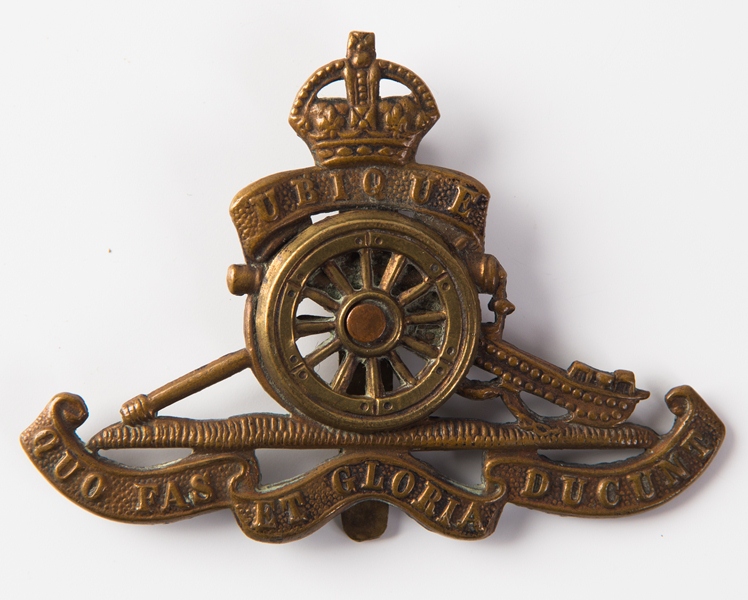Personal Details
Born: 25 November 1890 in Loppington, Shropshire and baptised 28 December 1890 at Loppington Parish Church.
Family: He was the younger of two sons born to William Davies, a schoolmaster and his wife Annie. He married Martha Bedford 17 November 1914 in Whitchurch, Shropshire. The couple had two children, Kenneth and Norman.
Residence: In 1891 he lived with his parents and brother at the School House, Loppington, Shropshire. Ten years later they were still there. In 1911 he was boarding at 2 Park View, Ballott Street, Smethwick, Staffordshire. When he enlisted in 1915 he was living at 208 Oswald Street, Chorlton-cum- Hardy, Manchester. The address given for him on his demobilisation in 1919 was The School House Loppington. By 1939 he and his family were living at 58 Oxley Road, Walford, Hertfordshire.
Employment: In 1911 he was a railway goods clerk and in 1939 a railway clerk.
Died: 28 August 1969 in Bournemouth, Dorset. (possible)
Military Details
Regiment: Royal Garrison Artillery
Rank: Gunner
Service Number: 156100
Date of Enlistment: November 1915
Date of Discharge: 12 March 1919
Reason for Discharge: Demobilisation
Other Information: William qualified as a signaller
William was awarded the Campaign Medals (British war medal and Victory medal)

The British War Medal (also known as 'Squeak') was a silver or bronze medal awarded to officers and men of the British and Imperial Forces who either entered a theatre of war or entered service overseas between 5th August 1914 and 11th November 1918 inclusive. This was later extended to services in Russia, Siberia and some other areas in 1919 and 1920. Approximately 6.5 million British War Medals were issued. Approximately 6.4 million of these were the silver versions of this medal. Around 110,000 of a bronze version were issued mainly to Chinese, Maltese and Indian Labour Corps. The front (obv or obverse) of the medal depicts the head of George V. The recipient's service number, rank, name and unit was impressed on the rim.
The Allied Victory Medal (also known as 'Wilfred') was issued by each of the allies. It was decided that each of the allies should each issue their own bronze victory medal with a similar design, similar equivalent wording and identical ribbon. The British medal was designed by W. McMillan. The front depicts a winged classical figure representing victory. Approximately 5.7 million victory medals were issued. Interestingly, eligibility for this medal was more restrictive and not everyone who received the British War Medal ('Squeak') also received the Victory Medal ('Wilfred'). However, in general, all recipients of 'Wilfred' also received 'Squeak' and all recipients of The 1914 Star or The 1914/1915 Star (also known as 'Pip') also received both 'Squeak' and 'Wilfred'. The recipient's service number, rank, name and unit was impressed on the rim.

